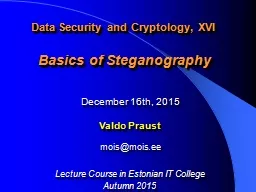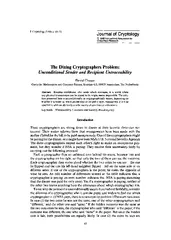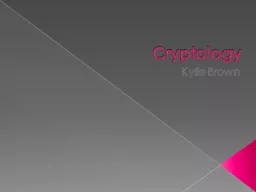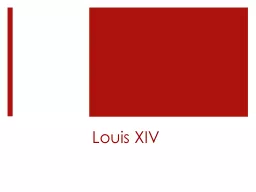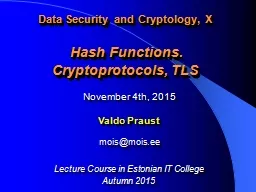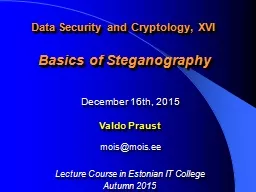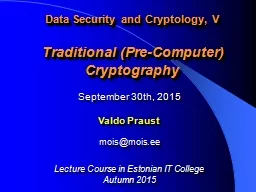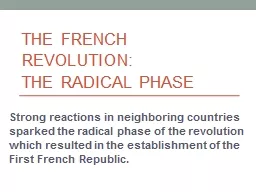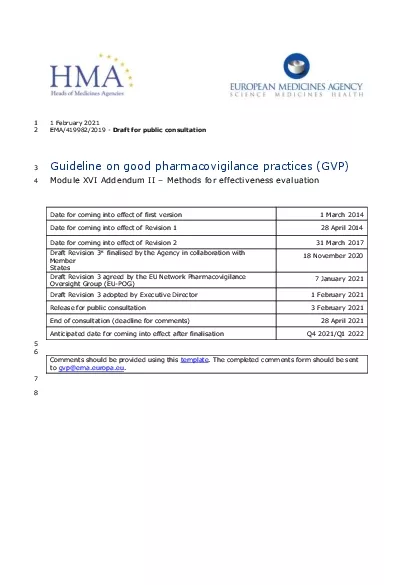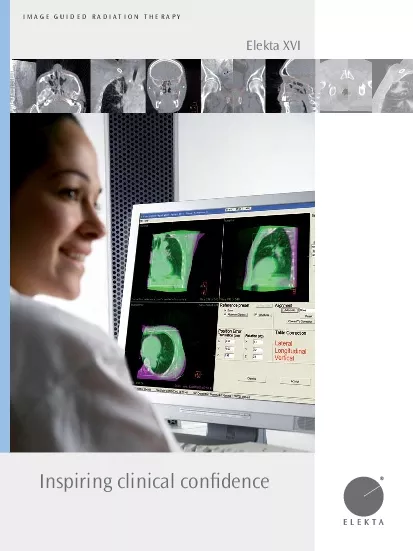PPT-Data Security and Cryptology, XVI
Author : yoshiko-marsland | Published Date : 2016-05-17
Basics of Steganography December 16th 2015 Valdo Praust mois mois ee Lecture Course in Estonian IT College Autumn 2015 Main Legal Acts Regulating
Presentation Embed Code
Download Presentation
Download Presentation The PPT/PDF document "Data Security and Cryptology, XVI" is the property of its rightful owner. Permission is granted to download and print the materials on this website for personal, non-commercial use only, and to display it on your personal computer provided you do not modify the materials and that you retain all copyright notices contained in the materials. By downloading content from our website, you accept the terms of this agreement.
Data Security and Cryptology, XVI: Transcript
Download Rules Of Document
"Data Security and Cryptology, XVI"The content belongs to its owner. You may download and print it for personal use, without modification, and keep all copyright notices. By downloading, you agree to these terms.
Related Documents

